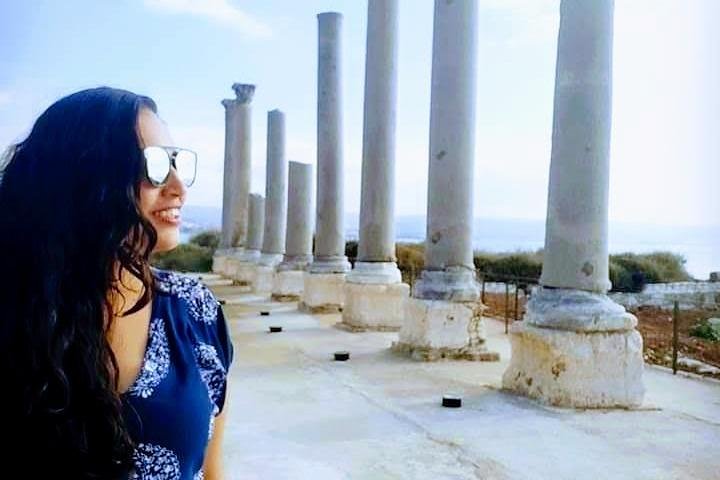Exploring Sidon: A Spiritual and Historical Odyssey
Drawn by the promise of ancient ruins and sacred sites, I embarked on a journey to Sidon, Tyre, and Maghdouché. This spiritual and historical exploration offered a profound connection to the past and a deeper understanding of the Middle East’s rich cultural heritage.
A Journey Through Time: Sidon’s Ancient Marvels
As I embarked on my journey to Sidon, a city steeped in history and culture, I was filled with anticipation. The allure of ancient ruins and sacred sites beckoned me, promising a spiritual and historical exploration unlike any other. My first stop was the Crusaders Sea Castle, a formidable fortress that stood as a testament to the city’s storied past. Built by the Crusaders in the thirteenth century, the castle’s weathered stones whispered tales of battles fought and won, of empires that rose and fell. Standing on the ramparts, I could almost hear the echoes of the past, a reminder of the transient nature of power and glory.
The castle, though largely destroyed by the Mamluks in 1291, was later restored by Fakhr el-Dine Maan II in the early 17th century. As I walked through its ancient halls, I was struck by the resilience of the human spirit, the ability to rebuild and restore, to find beauty in ruins. The view from the castle was breathtaking, the azure waters of the Mediterranean stretching out to meet the horizon, a reminder of the eternal, the unchanging.
The Cultural Heartbeat: Khan al-Franj and the Soap Museum
Leaving the castle behind, I ventured into the heart of Sidon, to Khan al-Franj, a bustling center of commerce and culture. Built in the 17th century by Emir Fakhreddine II, this khan was once a hub of diplomacy and trade, a place where East met West. As I wandered through its large rectangular courtyard, I could feel the pulse of history beneath my feet, the stories of merchants and travelers who had passed through its gates.
The Khan al-Franj was more than just a marketplace; it was a melting pot of ideas and cultures, a place where literature, religion, and industry converged. It was here that I felt the true spirit of Sidon, a city that has always been a bridge between worlds, a testament to the power of cultural exchange.
Next, I visited the Soap Museum, a hidden gem that traces the history of soap making in the region. The museum, housed in a 17th-century soap factory, offered a fascinating glimpse into the past, with demonstrations of traditional olive oil soap making and exhibits of artifacts unearthed during excavations. As I watched the artisans at work, I was reminded of the importance of preserving traditions, of keeping alive the crafts and skills that have been passed down through generations.
Spiritual Reflections: The Basilica of Our Lady of Mantara and Tyre
My journey culminated in a visit to the Basilica of Our Lady of Mantara in Maghdouché, a sacred site that holds deep spiritual significance. According to tradition, this is where the Virgin Mary waited for Jesus while he preached in the surrounding areas. The basilica, with its towering statue of the Virgin and Child, was a place of peace and reflection, a sanctuary from the hustle and bustle of the world.
As I sat in the sacred cave, believed to be the very spot where Mary rested, I felt a profound sense of connection to the past, to the countless pilgrims who had come before me seeking solace and guidance. It was a moment of introspection, a reminder of the enduring power of faith and the timeless nature of spiritual journeys.
Finally, I traveled to Tyre, an ancient Phoenician port city that has been a crossroads of civilizations for millennia. The ruins of Tyre, with their majestic Roman Hippodrome and ancient necropolis, were a testament to the city’s historical significance. Walking among the ruins, I was transported back in time, to an era when Tyre was a thriving center of trade and culture.
The journey through Sidon, Tyre, and Maghdouché was more than just a tour of ancient ruins; it was a pilgrimage, a journey of the soul. It was a reminder of the rich tapestry of history and culture that defines the Middle East, a region that has always been a cradle of civilization. As I left, I carried with me not just memories of the places I had visited, but a deeper understanding of the spiritual and cultural heritage that binds us all.










































